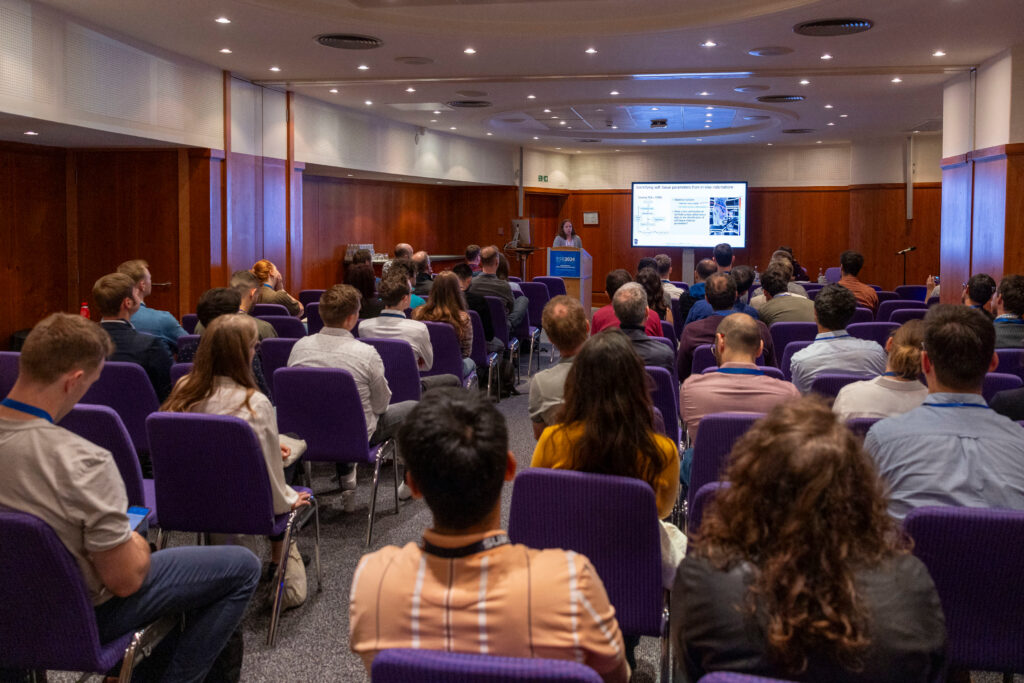Abstract submission is CLOSED
Present your research during ESB 2025!
- Would you like to present your work at one of Europe’s largest biomechanics congresses?
- Are you keen to share your work with key opinion leaders and experts in biomechanics?
- Do you want to connect with peers who share your research interests?
Submit an abstract for ESB 2025! We look forward to seeing you in Zurich!

Submission deadline: 31 January 2025, 23:59 CET
- 00Days
- 00Hours
- 00Minutes
- 00Seconds
How to submit
Prepare your abstract, use the abstract template and don’t exceed one page.
Submit the PDF file not bigger than 1MB through ConfTool.
Wait for an acceptance email coming in March.
Important Information
- At least one author must register in full in order to attend the congress and present the abstract (in case of both Podium presentations and Posters).
- One author must not present more than one oral presentation and one poster presentation.
- Maximum 2 submissions per main author are allowed.
Your abstract will be considered in competition with other submissions. - If the abstract is not deemed suitable for podium presentation, it will automatically be considered for poster presentation.
- List of ESB 2025 tracks (submission categories) is available below and in ConfTool.
- Abstracts template use is mandatory, please download the template here.
- The abstract should be compiled without changing the styles (The easiest way to use this abstract form is by cutting and pasting unformatted text into each section to maintain the document’s present format.)
- The abstract should include the following sections: Introduction, Methods, Results, Discussion, and References.
- Abstracts must not exceed one page (a word count of approximately 500 words).
- The abstracts should be uploaded as PDF document through the conference website. Maximum size of the PDF file: 1MB.
ESB 2025 Main topics
+ 3D bioprinting, additive manufacturing, and scaffolds
+ Ageing biomechanics
+ AI and machine learning in biomechanics
+ Animal biomechanics
+ Ankle and foot biomechanics
+ Biomaterials
+ Biomedical imaging
+ Bone biomechanics
+ Cardiovascular biomechanics
+ Cardiovascular implants and devices
+ Cellular and molecular biomechanics
+ Clinical and translational biomechanics
+ Computational biology
+ Computational methods for cardiovascular applications
+ Dental biomechanics
+ Fracture healing
+ Hip biomechanics
+ Impact/injury biomechanics
+ Implants and devices
+ Joint kinematics and kinetics
+ Knee biomechanics
+ Mechanobiology
+ Movement and posture
+ Musculoskeletal/orthopaedic interfaces
+ Musculoskeletal biomechanics
+ Musculoskeletal modelling
+ Neuromuscular and control biomechanics
+ Ocular biomechanics
+ Orthoregeneration
+ Osteoarthritis
+ Rehabilitation engineering, exoskeletons, and assistive devices
+ Reproductive, foetal, and neonatal biomechanics
+ Respiratory and fluid biomechanics
+ Shoulder biomechanics
+ Skeletal adaptation
+ Soft tissue biomechanics
+ Spine biomechanics
+ Sports biomechanics
+ Tissue engineering
